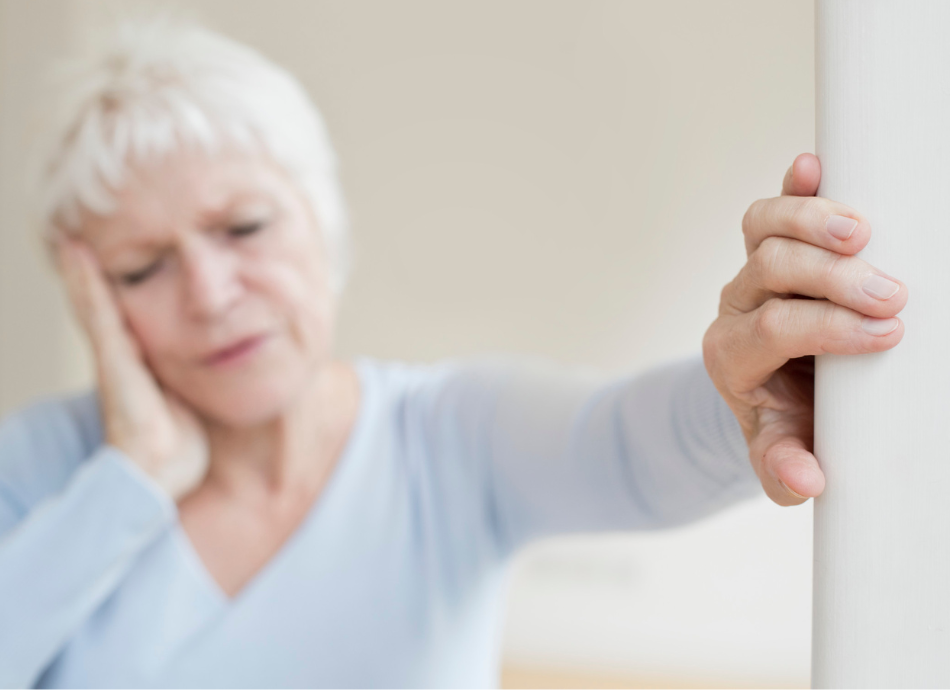If you don't have any symptoms, low blood pressure isn't usually a concern and doesn't require treatment. However, if you experience the symptoms below, low blood pressure may be a sign of an underlying problem.
- Feeling dizzy, lightheaded or unsteady.
- Fainting (a sudden, temporary loss of consciousness).
- Blurred vision.
- Heartbeats that are more noticeable (palpitations).
- Feeling sick (nausea), weak or very tired.
Symptoms of low blood pressure can occur for no particular reason, but are more likely to happen:
- when changing position, such as when standing up from a lying or sitting position. This is called orthostatic or postural hypotension.
- in the morning when blood pressure is naturally lower
- during exercise or activity of any kind including housework
- after meals, particularly after a large meal, sugary food or alcohol
- straining if you're constipated or having difficulty passing urine.
The symptoms above increase your risk of falls or having an accident. To stay safe, if you get these symptoms:
- stop what you are doing
- sit down or lie down
- drink a glass of water
- think about what could have triggered your symptoms.






